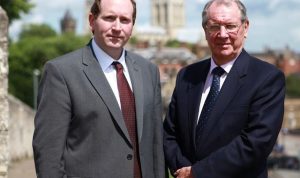Residents, businesses and community groups are being asked to comment on how City of York Council can help them achieve the best quality of life in the city.
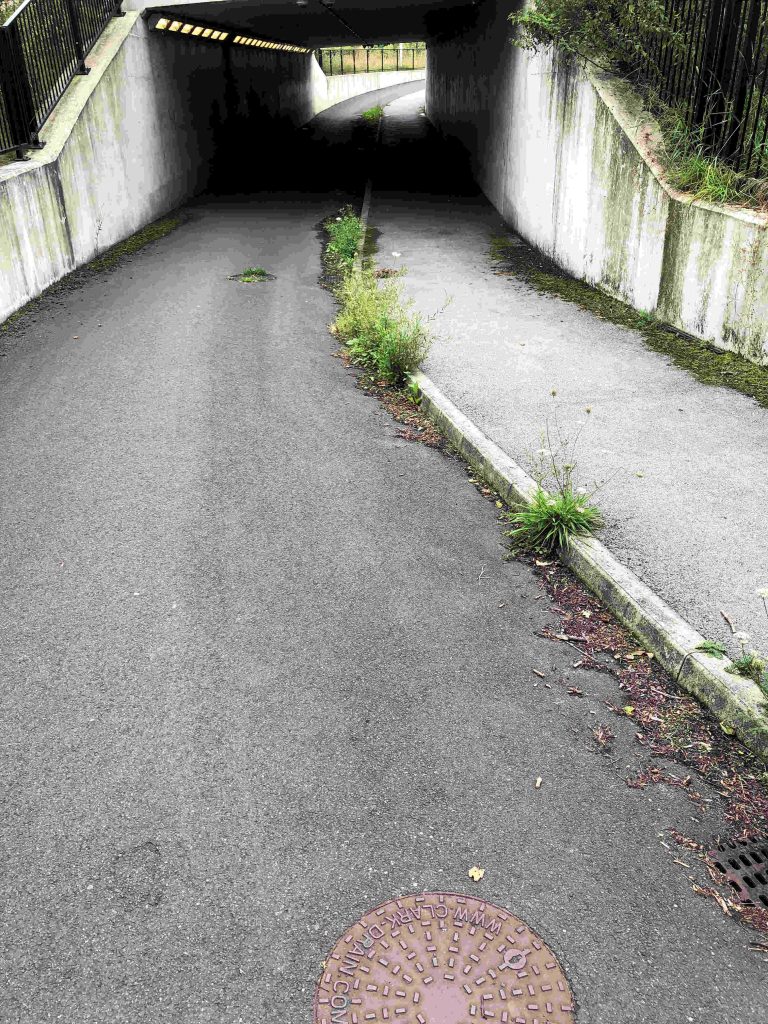
Through the council plan consultation, City of York Council is wanting to hear from residents, businesses and community groups and ask them to comment on eight suggested outcomes for the council over the next four years. They are:
- Good health and wellbeing
- Well paid jobs and an inclusive economy
- Getting around sustainably
- A better start for children and young people
- A greener and cleaner city
- Creating homes and world-class infrastructure
- Safe communities and culture for all
- An open and effective council.
As well as comment on these themes and what they mean to them, residents, businesses and community groups will also be asked what they think the council could do to achieve the outcomes and what they could do in support.
The consultation is available to complete now at https://www.surveymonkey.co.uk/r/YorkCouncilPlanConsultation2019 and closes on Sunday 15 September.
Residents without online access will also have the chance to contribute their views at venues around the city or add their thoughts to pop-up boards in public spaces or other activities taking place across the city.
Councillor Keith Aspden, Leader of City of York Council said: “Residents, businesses and community groups make York such a fantastic place to live and work. We want to hear from them what we can do to deliver against the suggested outcomes and how they may be able to support this journey to being a cleaner, healthier city with an inclusive economy.”
“Once complete, this plan will set our ambitious vision for the future of the city and set clear expectations on how we propose to deliver improvements for residents, against which we will monitor delivery and measure performance.
“We look forward to hearing suggestions from people about what our priorities should be.”
Councillor Andy D’Agorne, Deputy Leader of City of York Council said: “The council plan is important so we can clearly set out what we hope to achieve over the course of the next four years. These proposals acknowledge the need for us to address the climate emergency declared by full council and listen to residents’ ideas about what the council should do to address this. We would like to hear what actions individuals, businesses and organisations might take to support this work.
“As well as climate change, the proposed outcomes also consider a range of social, economic and environmental factors we are keen to prioritise and ensures the city supports a good quality of life for residents.
“We look forward to hearing from residents, businesses and local community groups. We think it is really important they have a chance to discuss and play a part in the work we will be doing over the next four years and want to hear their views and suggestions.”

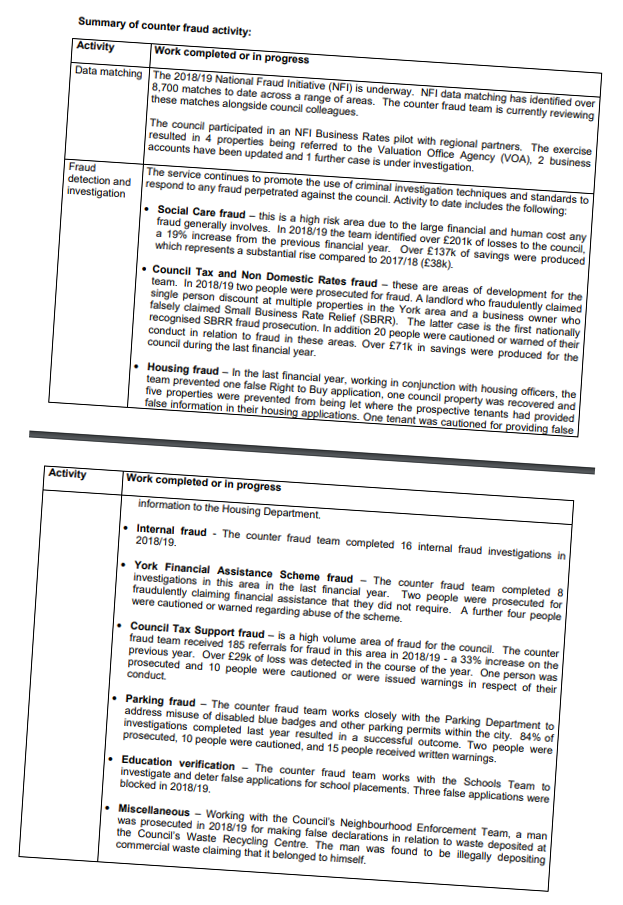
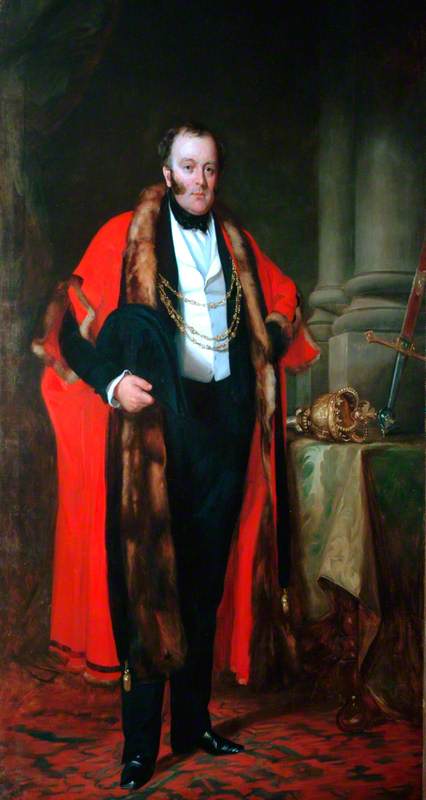
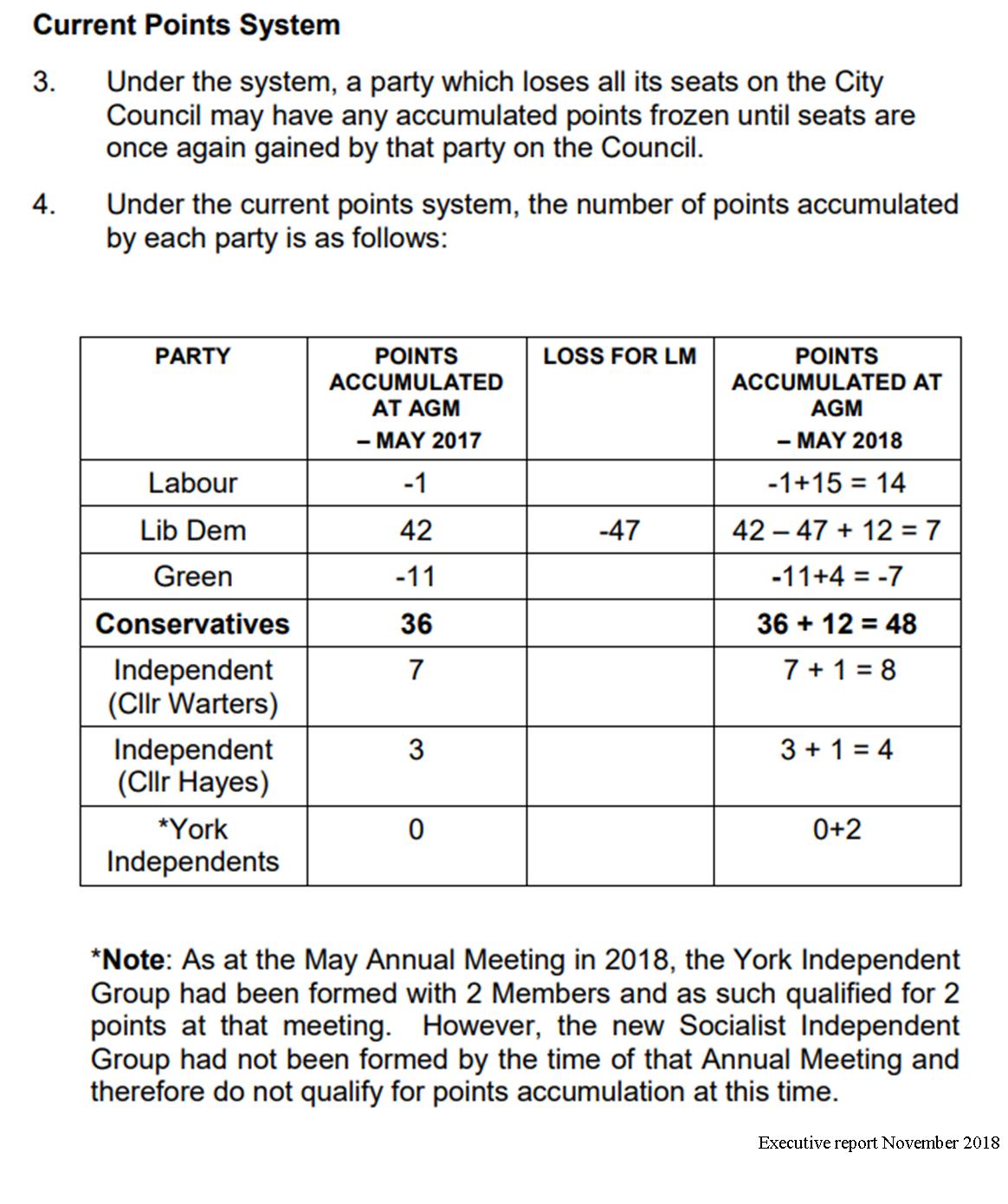
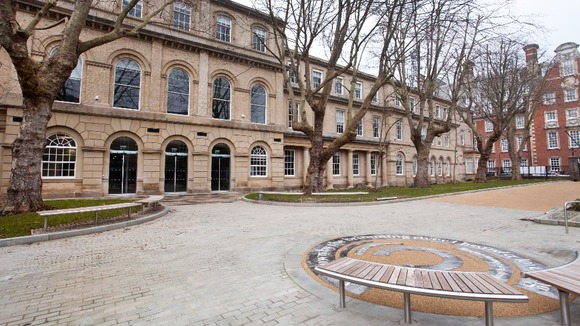
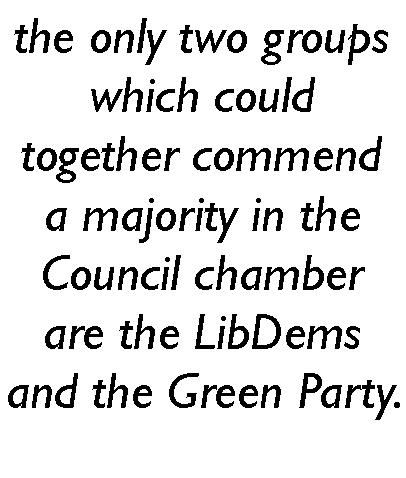
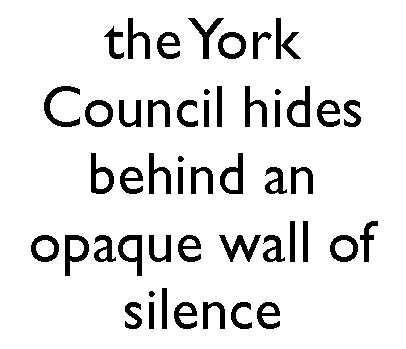
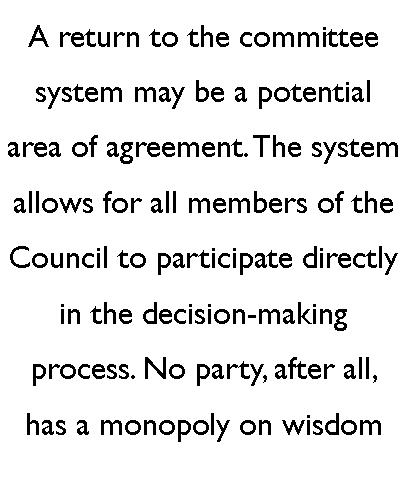
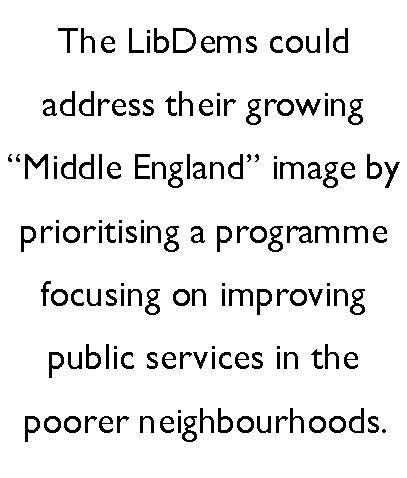

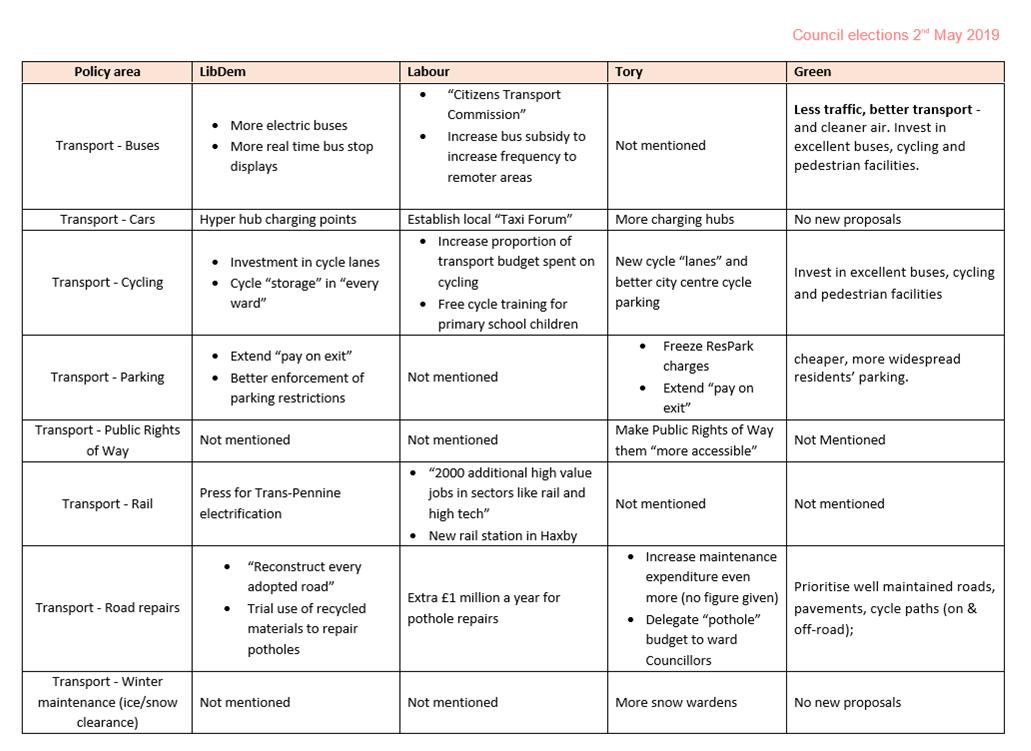
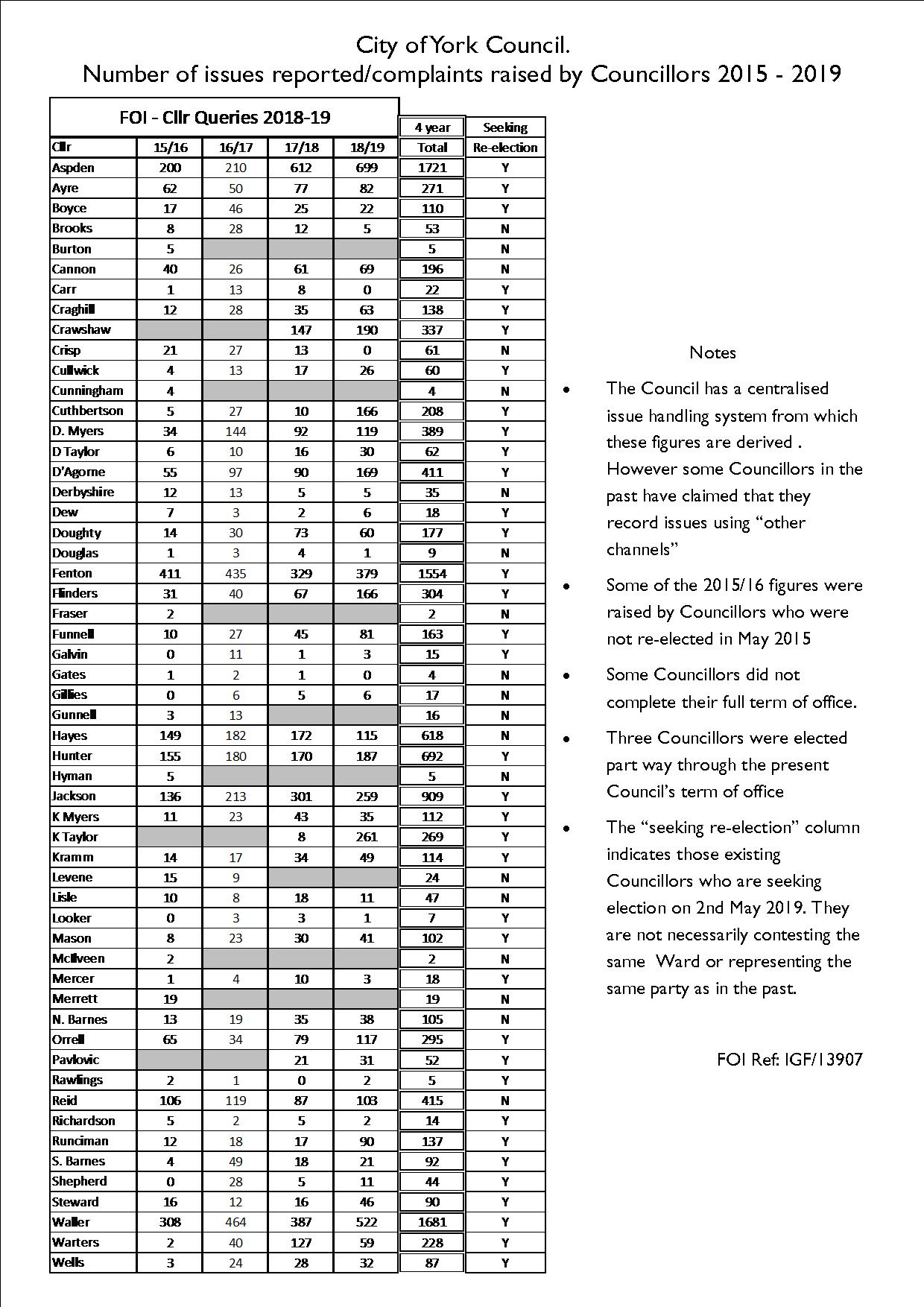

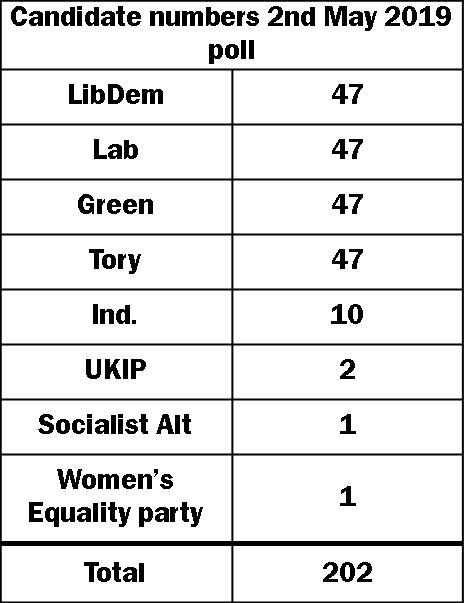
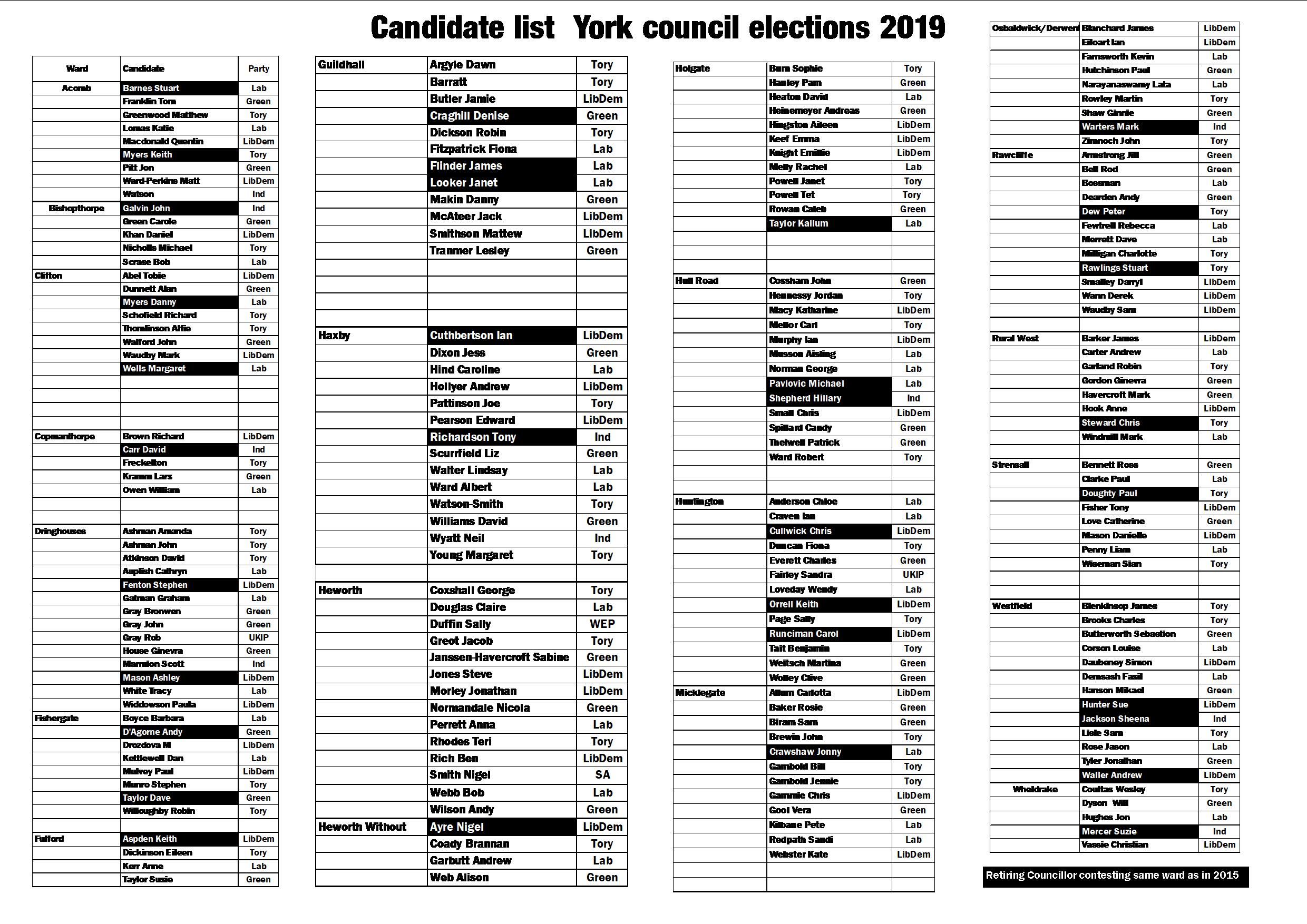

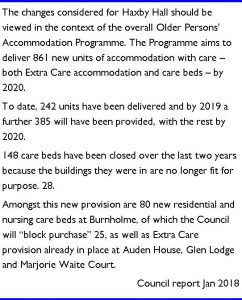
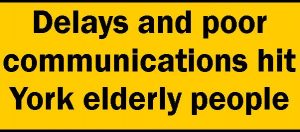 No detailed planning application has been submitted by the Council for the development of elderly persons facilities at the Lowfields site (although a, much more controversial, commercial housing development did get planning permission there a few months ago)
No detailed planning application has been submitted by the Council for the development of elderly persons facilities at the Lowfields site (although a, much more controversial, commercial housing development did get planning permission there a few months ago)